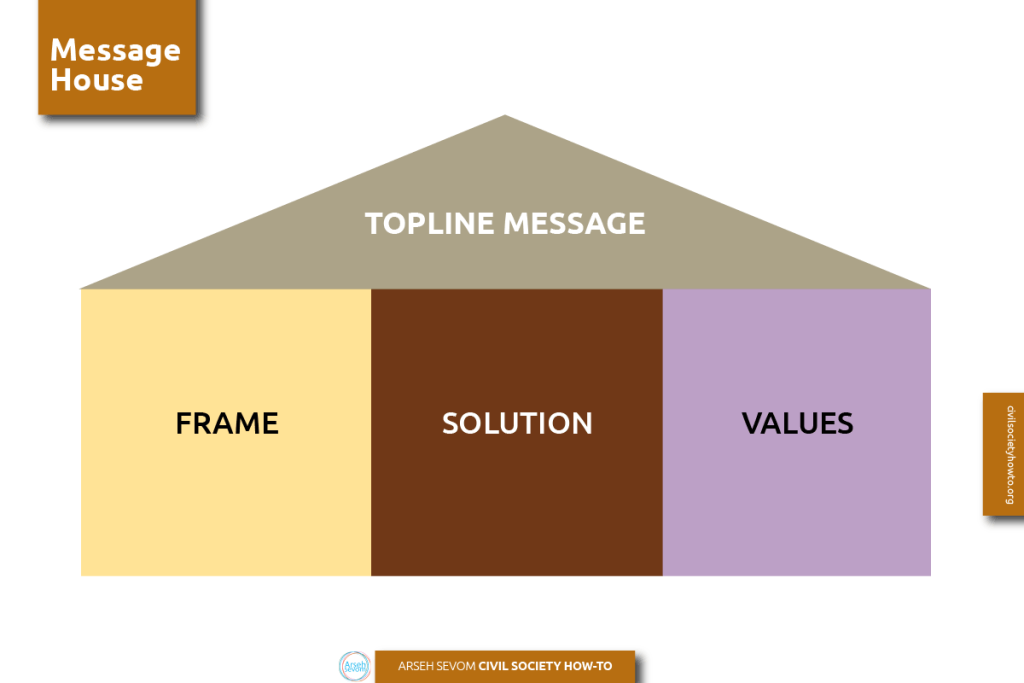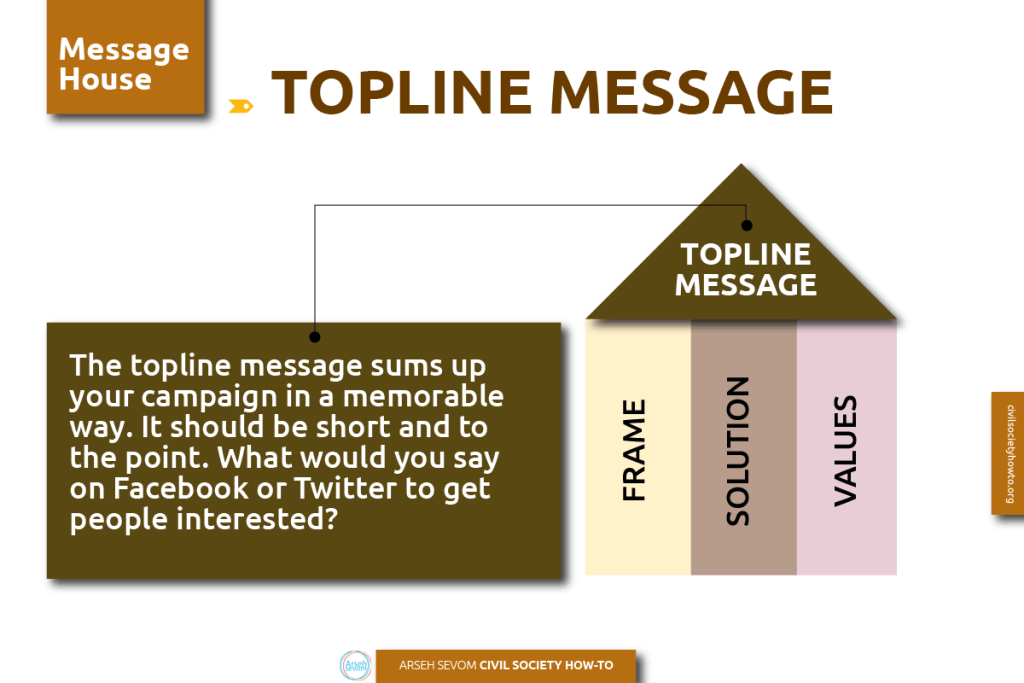Frank Sharry, Executive Director of America’s Voice, is a dynamic speaker who is accustomed to bringing audiences to their feet. His supporters loved what he had to say. They cheered his work and identified with the message. Why, then, was it so difficult for his organization to actually get their message across? Why was it so difficult to convince politicians and the public of the value of migrants and the need to respect their rights?
The organization decided to conduct research to uncover the reasons they were having problems reaching people. They were not surprised to discover that they could not reach their detractors. That is often the case when people hold strong opinions. What really shocked them was that their message was insulting to people who were undecided about the issue of migrants’ rights. It was driving them away.
“Our message was that people who didn’t support the rights of migrants just didn’t understand how valuable they were to the community and how much they contributed. What undecided people heard was you’re stupid or a racist. Otherwise you’d support the rights of migrants. It was a turn-off and insulting.”
This new understanding resulted in a rethinking of the way messages were constructed in the organization. It made them really consider how they could tell their story in a way that resonated with Americans.
What Frank Sharry and America’s Voice. learned about communication can fill volumes.This fifteen minute video is a great place to start. In this video, Sharry shares the process his organization uses to develop a message.
Three Key Points for Creating Powerful Messages
The message is the heart of the campaign. The way this message is communicated and the actions it makes possible should be mapped out before beginning any project. Frank Sharry states:
“We think that the way to create campaigns that can make change is to put media and communications at the heart of them; to be able to speak powerfully and persuasively to critical audiences so that you can create space for change.”
Before beginning a campaign, Sharry recommends considering three points.
- What is your message? What is the story? What are you asking for?
Before beginning any project, it’s important to imagine how it would be communicated in the media.
What’s the headline? Sharry reminds us that politicians don’t make decisions based on policy papers, but on the stories being told about the issues in the media.
- What does it mean to put communications at the center?
At the start of any campaign it’s important to ask WHO says WHAT to WHOM and HOW?
WHO: It’s essential that you are prepared to speak about your issue. Everyone involved should be able to describe the campaign. It’s also useful to look for unusual allies. These are surprising people who support your campaign. Think about an ex-military person campaigning for peace, for instance.
HOW: Consider the multiple means of communicating any message including film and video, blogs and online media, research publications, meetings and presentations.
WHOM: Be specific about who you want to connect with.
- Think about what you want to say first. Use a “message house.” This prepares you.
The best way to begin creating your message house is with the pillars that support the topline message. Sharry states:
“What’s our topline that we want the audience to remember most of all? What is the frame that states the challenge on our terms? What are the solutions that are going address the challenge that we’ve described. And what are the values that really are at stake in the debate that can kind of turbo-charge your narrative to make sure it connects with your audience so that the values they care about are the values that are stake.”
The Three Parts to Your Message
1. FRAME: How do you define the challenge or issue in your own terms? You don’t want to be on the defensive when responding to opponents. You need to anticipate their points and have responses ready that align with the message you are communicating. This keeps you in control of how the issue is presented.

2. SOLUTION: This solves the problem raised by defining the issues and challenges. It is difficult to come up with solutions. It helps to work within your own organizations and with fellow activists to gain alignment on the solution.

3. VALUES: What values are at stake? Sharry tells reminds us of Martin Luther King’s “I Have a Dream” speech:
“I always think of Martin Luther King who said, ‘I have a dream that’s rooted in the American dream.’ He wasn’t insulting people. He was aspiring to an America that was better than it was at a time when race relations were more similar to apartheid than to integration.”
King was telling America, “We are better than this.” This is what we want to do with the values.
Identify the shared values and the way they can be realized with the solution presented.
4. TOPLINE: This is the message you want people to remember. It’s short and to the point. It makes people want to act. It’s like poetry.
Four Things You Need to Consider for Your Campaign Plan
When creating the campaign plan, do the house again. This time consider the following:
- Goals and objectives
- Tactics used to achieve objectives
- Team and allies
- Audience

- Goals and Objectives: Plan for no more than three They should be realistic and achievable within a defined time frame.
- The objectives you define will help make the tactics
- Defining the team and allies will help you gain the support you need to make the campaign successful.
- Knowing the audience is key. You need to know who you are speaking to.
Do you want your base of supporters to grow? Are you mobilizing your base of supporters? These require different types of communication.
What about the skeptical middle? How can you tell them what is really going on, what is important, and why?
Are you talking to politicians? If so, say things in a way that helps them gain public support. Help them do the right thing without losing support. Give them the narratives and messages they can use.
FINALLY
In conclusion, remember:
- Put media and communications at the heart
- To create the best message use the narrative house
- Build the campaign plan around that narrative house




